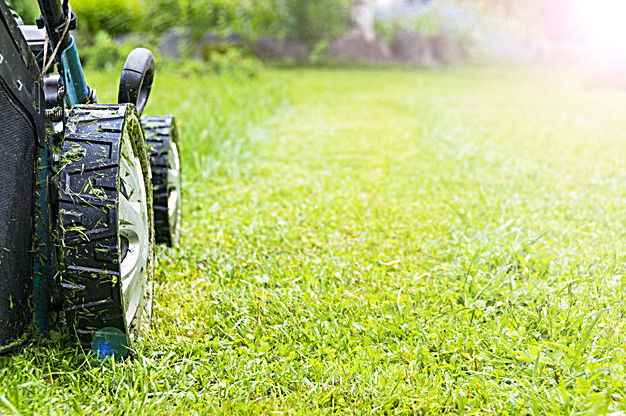Winterizing Your Lawn & Plants in Pennsylvania
In Pennsylvania, we can have some bitter winters. Freezing temperatures and heavy snowfall can hit your lawn hard, damaging your turf and affecting its return come spring.
Fortunately, there are a number of ways you can prepare your grass for winter (AKA winterize it), helping to promote a speedy recovery next season.
Here are a few things you can do throughout fall to get your property ready!
Fertilize, Fertilize, Fertilize!

Once the days become shorter and the air drops in temperature, your grass will start preparing for the winter months to come. Just like a bear eats all it can before hibernation, your grass will slow its growth and shift all stored nutrients from its leaves to its roots, as food reserves to fuel its spring wake-up.
Cool-weather grasses grow most strongly in early fall due to ideal temperatures and rainfall. During a sunny summer, your turf needs all it can get to survive the heat and wear. Come fall, however, a well-maintained turf will flourish— and any extra nutrients can be packed away. This makes autumn the perfect time to fertilize your grass.
Start off by assessing your grass type. Here in PA, we typically have three varieties: fescue, Kentucky bluegrass or perennial ryegrass. Depending on the type of turf you have, your fertilization needs will vary, so be sure to ask a fertilization professional for the best nutrient mix.
Once determined, lay down your fertilizer once a month throughout September through November. Don’t forget to aerate and overseed early autumn and check the PH balance of your grass, as both can also affect the strength and vibrancy of your turf’s return in the spring.
End the Last Mow Right

Your grass should still grow strong throughout the fall, so expect to maintain your regular mowing routine until the temperatures start to drop. As the autumn weeks pass, you will notice growth slowing and need to mow less and less.
Once it starts to consistently drop below 40 degrees Fahrenheit, your grass will stop growing. The timing of this transition varies depending on the weather patterns each year, but those in PA can typically expect to stop mowing around late October, according to the Pennsylvania Department of Conservation and Natural Resources (DCNR).
Longer grass is susceptible to snow mold and creates a warm home for meadow moles, so on the last mow, you’ll want to cut your blades a bit shorter than usual. As a general rule, the Pennsylvania DCNR recommends we keep our grass at about 2.5 to 3.5 inches at all times, and to never trim more than one-third of your grass blades each cut.
If you usually maintain taller grass, come October, cut your blades to 2.5 inches. Then, healthily trim your turf to about 1.5 inches on the last mow.
Protect Your Shrubs & Trees

Not only can extremes in the rise and fall of temperatures harm your trees and shrubs, but hungry pests can make a meal out of them too this winter. Fortunately, both can be avoided with the proper protection.
Burlap, canvas and other landscape fabric serve as wind and cold barriers, and also shield your plants against harsh salt damage from the snow. Certain types of evergreen broad-leaved shrubs and conifers in PA may be susceptible to desiccation— or drying out and turning brown— so be sure to consult a lawn care professional about your specific plant’s needs. Sometimes they could also benefit from an anti-desiccant spray.
Deer can especially become a problem for us Pennsylvanians in the winter since they become desperate to eat as their food sources die off. They could wander into your yard and eat your holly or roses, for example, or gnaw on your tall trees. A deer repellant spray could help to keep them at bay, but we recommend wrapping or blocking whatever plants you can from their reach.
Know What Will Grow in the Cold
While your grass will turn brown and dreary this winter, some plants still grow strong long after your turf fades.
From violas to juniper trees, we have plenty of varieties that can fend the chill. Check out out these eight beautiful cold-resistant plants to brighten up your landscape this season.
Preparing Your Landscape for Winter
Winterizing your commercial property can help to ensure a lively return next spring.
You don’t have to do it all alone. Check out our Landscaping Maintenance page to see the services we offer, such as turf fertilization, tree and shrub care, and more to prepare your lawn and plants for this cold-weather season.
For more information, give us a call at 610.499.1640 or fill out this form. Our team can get you ready for the chilly months ahead.
